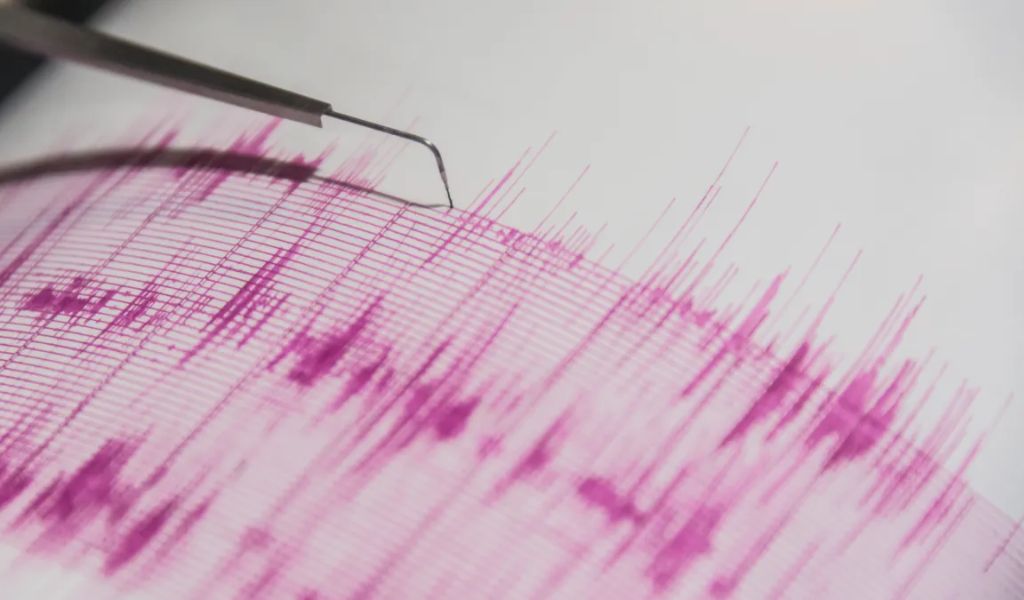Normally not known for its seismic activity, Texas had its most notable earthquake—the 1931 Valentine earthquake—on August 16, 1931. At an estimated magnitude of 6.4, this event—named after the nearby town of Valentine—ranked among the strongest earthquakes in American history. Even though it was unusual, this seismic event caused extensive damage and sparked research into Texas’s geology.
Overview of the Event
Texans were asleep when the Valentine earthquake of 1931 struck at 5:46 a.m. local time. Its vibrations, which lasted for about a minute, could be felt 500 miles distant, in neighboring states as far as Mexico. The epicenter, located about ten miles southwest of Valentine, exposed a fault that was previously unidentified but was subsequently named the Valentine Fault. The earthquake, which was felt for 25 miles and had a vertical displacement of roughly 15 feet, was made worse by aftershocks.
Impacts and Effects
The intensity of the earthquake was greatest in Valentine and the neighboring West Texas districts. Infrastructure, natural formations, and buildings all suffered significant damage. Valentine’s terrain saw a significant transformation as almost all of the buildings experienced fractures or collapses. Notable establishments such as schools, post offices, and churches were reduced to rubble, and the disorder was exacerbated by interrupted utilities. The adjacent towns were affected by the earthquake, which changed the local topography and resulted in building damage. The earthquake caused concern on a social and economic level, attracting media attention and scientific investigation. Concerns about the safety of the rapidly expanding oil and gas sector led to the creation of the Bureau of Economic Geology.
Knowledge Acquired
Texas’s seismic susceptibility was made clear by the Valentine earthquake of 1931, which also highlighted the existence of active faults beneath the state’s surface. The incident brought attention to the Trans-Pecos region’s complex geology, which prompted improvements in seismic research and public awareness. The influence of the earthquake catastrophe on the collective psyche of Texas gave rise to cultural representations.
In summary
Texas’s most notable seismic occurrence is the Valentine earthquake of 1931, which caused a day’s disruption to the state’s activities. Even though it caused chaos, it also sparked a yearning for comprehension and fortitude. Texas was rocked by that day, and the lessons it taught are ingrained in the state’s geological history.

